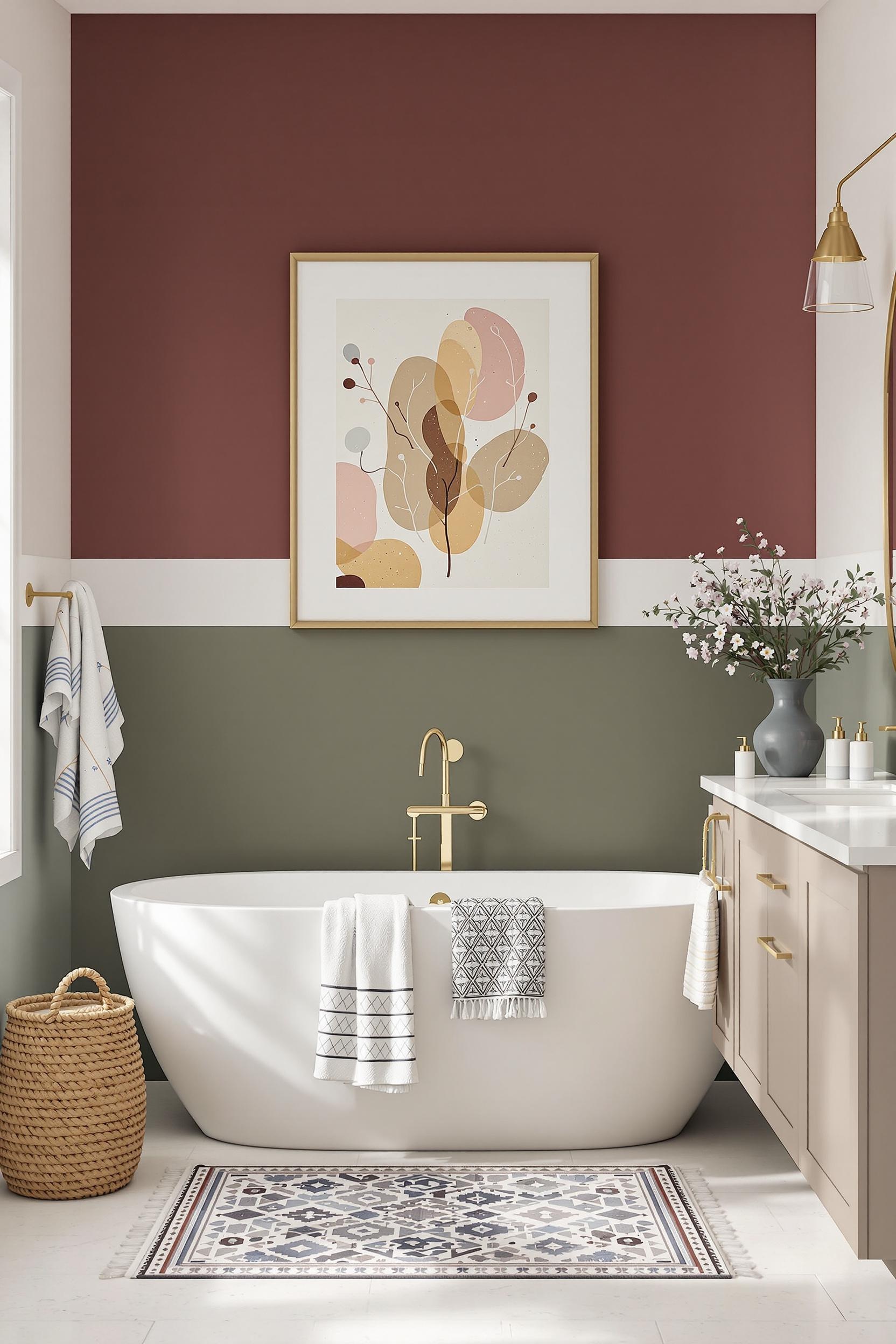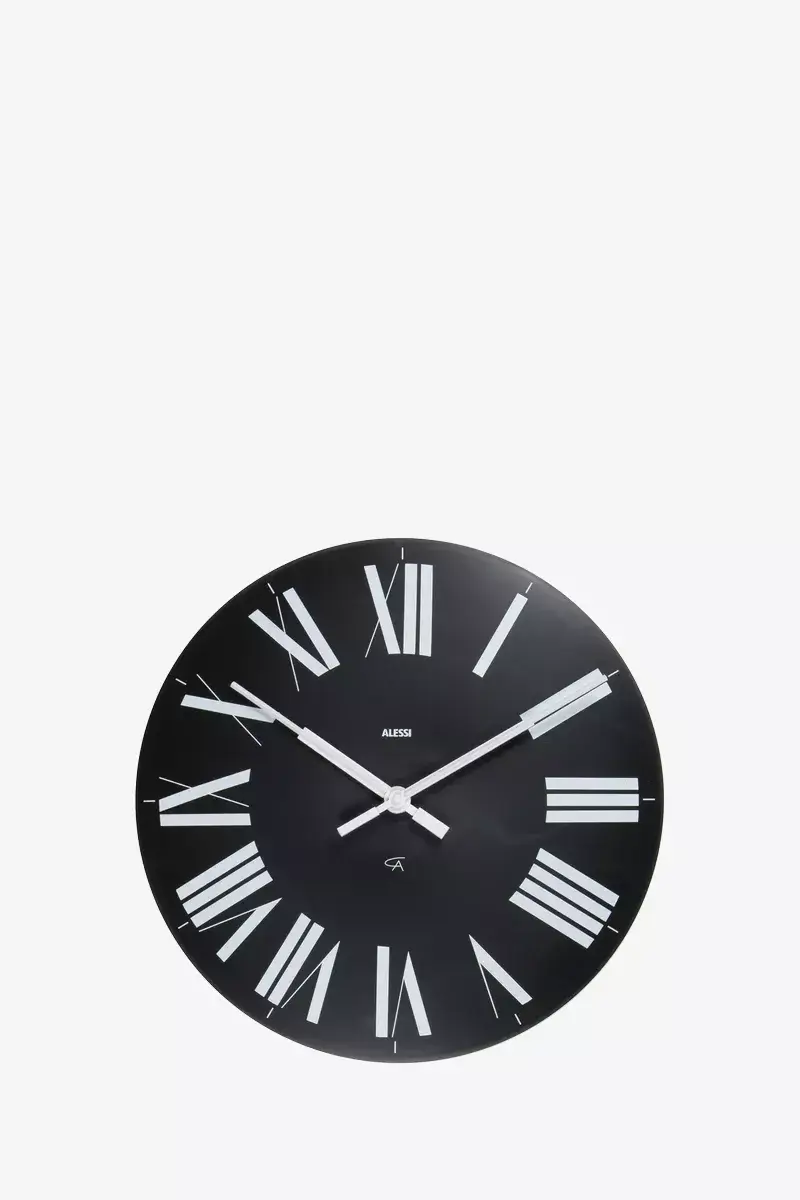
Color Zoning Magic: Transform Your Small Space with Strategic Minimalist Design
When I first stepped into my 400-square-foot studio apartment, I felt overwhelmed. One big box—no walls for privacy, no defined areas. But with the power of color zoning, I created a home that feels twice its size. Today, I’ll show you how to master color zoning in small apartments using minimalist color blocking techniques that bring both beauty and clarity to your space.
Understanding Color Psychology in Small Spaces
Before picking up a paintbrush, it’s important to understand how colors can change how we feel in a room. Light colors like soft neutrals and whites open up a room by reflecting more light. They create the illusion of more space, which is essential in tight areas. In contrast, darker colors can make a room feel warmer and more grounded but should be used strategically. Mixing both is the secret to creating depth and dimension.
For example, in my own space, I’ve zoned the sleeping nook in warm gray and the work area in a refreshing slate blue. These strategic shifts guide the eye and make each area feel distinct—without using walls.
Why Color Zoning Beats Walls in Tiny Rooms
Using walls or furniture to define zones in small spaces can make things feel cramped. Instead, room dividing with color maintains openness while defining function. This approach is ideal for small apartments, studio lofts, or any open-concept living area where space needs to multitask.
The result? A living room, work zone, and sleeping space all in one room, and none of it feels forced or cluttered. That’s the beauty of color blocking small rooms—when done right, you gain flow and function.
Vertical Color Zoning for Height and Drama
One of my favorite DIY color blocking techniques is vertical zoning. Instead of simply painting one wall, take the color from floor to ceiling in columns or bands. This adds height to the room—a game-changer for places with low ceilings.
In my studio, I painted the lower third of my walls in deep charcoal and left the top two-thirds a soft white. This trick added perceived height and anchored the space. If you’re looking for vertical color zoning for small spaces, this is the perfect first project.
Best Paint Ideas for Small Space Zones
If you’re picky about palettes, don’t worry. I’ve tested dozens! Whether you’re aiming for calm or creative energy, stick to two to three complementary colors per room. Some of my favorite minimalist color zoning techniques include:
- Sage green + warm white + terracotta
- Soft blue + slate gray + ash lavender
- Warm taupe + ivory + muted navy
Using a minimalist color blocking interior concept means choosing hues that speak quietly but clearly. Let neutral bases lay the groundwork while bold accents mark each zone with style.
Zone by Function: Create Order Without Barriers
Think about what you need your space to do. Then assign a paint zone to each one. Here’s an easy guide to how to zone small living rooms with color:
- Sleep: Use soft cool tones like dusk gray or light blue.
- Work: Choose tones that help focus, such as sage or pale teal.
- Relaxation: Warm tones like clay or blush invite calm.
- Reading nook: Highlight with burnt orange or ochre.
In my own home, these color shifts helped me stop working from bed and start enjoying more mental clarity and order. That’s the power of defining spaces intentionally.
Use Contrasts to Add Visual Depth
High-to-low contrast can trick your eye into seeing more volume. That’s why contrast between light and dark is essential in color blocking. For example, pair a light duvet cover with dark, dramatic curtains or blend a soft beige wall with deep green doors.
Gradient transitions also work beautifully. I used ombré transitions in my hallway—a move that made a narrow pass-through into an exciting design moment.
Inspirations From the ColorBlockHome Archive
Looking for more ideas? I highly recommend checking out these curated guides from other rooms and case studies:
- Bedroom color blocking tips for creating rest zones with softness
- Kitchen color blocking using bold and balanced color zoning
- Bathroom wall transformations using high-low contrast
- Ideas tailored to small apartments
Your Color Zoning Tool Kit
Let’s make this a reality. Here’s what you’ll need to get started:
- Painter’s tape
- 2–3 sample paint cans (at least one lighter and one darker)
- Rollers and trim brushes
- A simple layout plan (you can sketch this yourself)
Use painters’ tape to block off areas, and pick one wall or side of a divider to start. Keep bold colors on lower sections or accent edges for a balanced feel.
Transform Your Space: Design Revolution Starts Here
In the world of small space design, knowledge is power, and action is transformation. Color zoning techniques can completely change how you see and use your living area.
Unlock Your Design Potential: Free Color Zoning Masterclass
I’m beyond excited to invite you to our Color Zoning Masterclass. This is not your average course. It’s a step-by-step journey into how minimalist color blocking can work in your home to:
- Expand space visually through color psychology
- Define zones for function and flow
- Use budget-friendly methods for dramatic results
Your Personalized Design Transformation Toolkit
When you sign up, you’ll receive:
- A downloadable color zoning guide
- Expert color palette suggestions
- A one-on-one virtual session
- Step-by-step checklists for small home projects
This is more than a design lesson—it’s a mindset shift. Ready to see your space in a whole new light?
Unlock Your Design Potential Now!
Color Zoning FAQs: Your Small Space Design Questions Answered
1. How can I use color blocking to make my small apartment feel larger?
Start with light colors as your main base. Add darker accents to create depth. Research shows vertical color zones can make a space feel up to 30% roomier.
2. What are the best color combinations for minimalist zoning?
Stick to two or three tones in harmony. I love soft gray, sage green, and terracotta for compact spaces. Use analogous colors for a cohesive look.
3. Can I zone a room without adding walls?
Absolutely! That’s what color zoning is all about. Use color to mark boundaries and define use, like a work zone in slate blue or a reading area with mustard yellow.
4. Can I use dark colors in a small space?
Yes—with balance. Dark colors, like charcoal or indigo, add mood and contrast if paired with light neutrals. They help define meaningful sections of your space.
5. What’s the cheapest way to color zone?
Grab some budget paint samples and painter’s tape. Focus on key accent zones—like a wall behind a desk or bed. Use tape to make blocks or vertical bands for effect.
Ready to Transform Your Small Space?
Color zoning has changed how I live in my apartment—and I know it can do the same for you. Whether you need to make a single room work smarter or want to redesign your whole home’s layout, it starts with paint and intentional color choices.
Subscribe for More Design Tips!
Join our newsletter and get:
- Exclusive design tutorials
- Monthly inspiration drops
- Invites to our small-space design challenges
With the right colors, even the smallest space becomes a beautiful blank canvas. Let’s design better, live fully, and unlock the potential of small space living—together.






